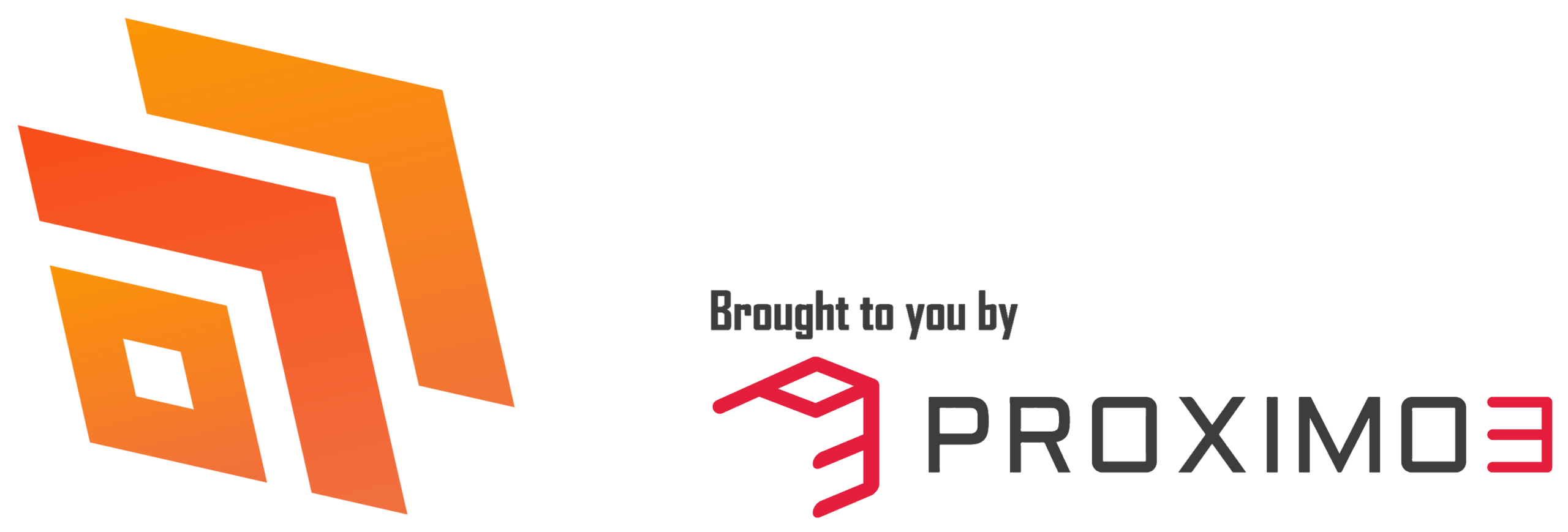Now Reading: What is a Frontier Firm? Understanding Microsoft’s Vision for AI-Powered Business
-
01
What is a Frontier Firm? Understanding Microsoft’s Vision for AI-Powered Business
What is a Frontier Firm? Understanding Microsoft’s Vision for AI-Powered Business

The business landscape is experiencing its most profound transformation since the Internet revolution. If you’ve been following enterprise technology trends, you’ve likely encountered a new term gaining momentum: Frontier Firm. But what does it actually mean, and why should business leaders care?
The Birth of the Frontier Firm Concept
In April 2025, Microsoft released its annual Work Trend Index report titled “2025: The Year the Frontier Firm Is Born.” The research surveyed 31,000 workers across 31 countries and revealed something striking: 82% of business leaders recognise 2025 as pivotal for fundamentally rethinking their operations.
The data is unequivocal: 81% expect AI agents to be extensively integrated into their strategies within 12-18 months, and 24% have already deployed AI organisation-wide. This isn’t hype; it’s happening now.
What Defines a Frontier Firm?
A Frontier Firm represents a fundamentally new organisational architecture: human-led but AI-operated. These organisations achieve what was previously impossible, scaling intelligence as easily as cloud computing scales infrastructure.
Think about that for a moment. For decades, businesses constrained their growth through headcount limits. Need more capacity? Hire more people. Need specialised expertise? Recruit expensive consultants. Frontier Firms break this model entirely.
Three Defining Characteristics
1. Intelligence on Tap
Frontier Firms treat intelligence as an abundant, on-demand utility. AI capabilities for summarising, drafting, analysing, and executing tasks become instantly available across the organisation. It’s the difference between owning a power generator and plugging into the electrical grid. Suddenly, power (or in this case, intelligence) is unlimited and accessible.
2. Human-Agent Teams
Rather than AI serving as mere assistants, these organisations integrate AI agents as full team members who handle complete workflows, execute processes, and operate with increasing autonomy while humans provide strategic oversight. Your “team” might include Sarah from marketing, David from finance, and three AI agents handling customer inquiries, data analysis, and supply chain coordination.
3. The Agent Boss Operating Model
Every employee evolves into a manager of AI agents, responsible for scoping work, setting guardrails, decomposing tasks into agent-executable steps, and reviewing outputs. This represents the most significant shift in how knowledge work operates since email transformed business communication.
Instead of spending your day doing tasks, you pay it orchestrating outcomes. Instead of writing reports, you’re reviewing and refining AI-generated reports. Instead of manually processing data, you’re ensuring AI agents extract the right insights.
The Performance Gap is Staggering
Microsoft’s research reveals a dramatic performance gap between Frontier Firms and traditional organisations. Workers at Frontier Firms report:
- 71% say their company is thriving versus 37% globally
- 55% can take on more work versus 25% globally
- 90% have opportunities for meaningful work versus 77% globally
- 93% are optimistic about future opportunities versus 80% globally
These aren’t marginal improvements; they represent a fundamental competitive advantage. While traditional companies struggle with capacity constraints and burnout, Frontier Firms scale effortlessly, and their employees thrive.
Real-World Impact
The results speak for themselves. Organisations implementing AI agents are achieving remarkable outcomes:
- Adecco reported up to 63% productivity increase using Microsoft 365 Copilot
- ABB achieved 35% cost savings in operations and a 30% production efficiency boost
- NTT DATA achieved 65% automation in IT service desks and up to 100% automation in specific order workflows
These aren’t pilot projects or proof-of-concepts. These are production deployments delivering measurable business value.
Why This Matters Now
You might be thinking, “We’ve heard about AI transformation before. What makes this different?”
Three factors make 2025 the inflexion point:
1. Technology Maturity: Unlike earlier AI waves, today’s large language models and agent frameworks are production-ready, enterprise-grade, and accessible to organisations of any size.
2. Economic Pressure: 53% of leaders urgently need productivity improvements, yet 80% of employees report being stretched thin. AI agents offer a solution expanding workforce capacity without proportionally increasing headcount.
3. Competitive Dynamics: Early movers are establishing advantages that will be difficult to overcome. As AI-native competitors emerge, traditional firms find themselves competing against organisations operating at fundamentally different speeds and cost structures.
The Three-Phase Evolution
Frontier Firms don’t emerge overnight. Organisations typically progress through three stages:
Phase 1 – AI as Assistant: AI handles repetitive, time-consuming tasks like drafting emails, summarising meetings, and automating basic processes.
Phase 2 – Agents as Team Members: AI agents take on specific business functions with greater autonomy, managing subtasks, research, and project execution under human guidance.
Phase 3 – Agents Leading Workflows: AI autonomously manages entire processes from end to end, with humans providing oversight and strategic direction.
Most organisations today are in Phase 1, piloting Microsoft 365 Copilot across their workforce. The most advanced are entering Phase 2, building custom agents for specific business functions. A handful of pioneers are experimenting with Phase 3, where agents operate with significant autonomy.
The Structural Shift
Becoming a Frontier Firm requires more than deploying new technology; it demands rethinking organisational structure.
Microsoft describes a shift from traditional organisational hierarchies toward “Work Charts”, flexible, outcome-driven structures where teams form around goals rather than job titles. A new metric is emerging: the human-agent ratio, determining how many AI agents each employee should supervise based on task complexity and desired outcomes.
Imagine your sales organisation. Today, you might have one sales manager for every 8-10 reps. Tomorrow, you might have one “agent boss” overseeing 5 AI sales agents that research leads, draft proposals, schedule meetings, and qualify opportunities 24/7.
The Competitive Imperative
Microsoft’s analysis suggests that within the next 2-5 years, every organisation will be on the journey to becoming a Frontier Firm. Companies that delay risk falling behind as AI-native competitors emerge and reshape entire industries.
The message from industry leaders is clear: this transformation is “no longer optional” Organisations must start building their AI blueprint immediately.
What Comes Next
Understanding the Frontier Firm concept is just the beginning. The real question is: How do you actually become one?
In our next post, we’ll explore Microsoft’s comprehensive technology stack for Frontier Firm transformation from Microsoft 365 Copilot to Azure AI Foundry Agent Service and how these tools work together to power the next generation of business.
The frontier is open. The technology is ready. The only question is whether you’ll lead this transformation or be disrupted by it.
About This Series: This is the first of five articles exploring how organisations can transform into Frontier Firms using Microsoft technology. Stay tuned for deep dives into the Microsoft AI technology stack, implementation strategies, real-world case studies, and practical roadmaps for getting started.
Original Post https://daveburrell.co.uk/what-is-a-frontier-firm-understanding-microsofts-vision-for-ai-powered-business/
















